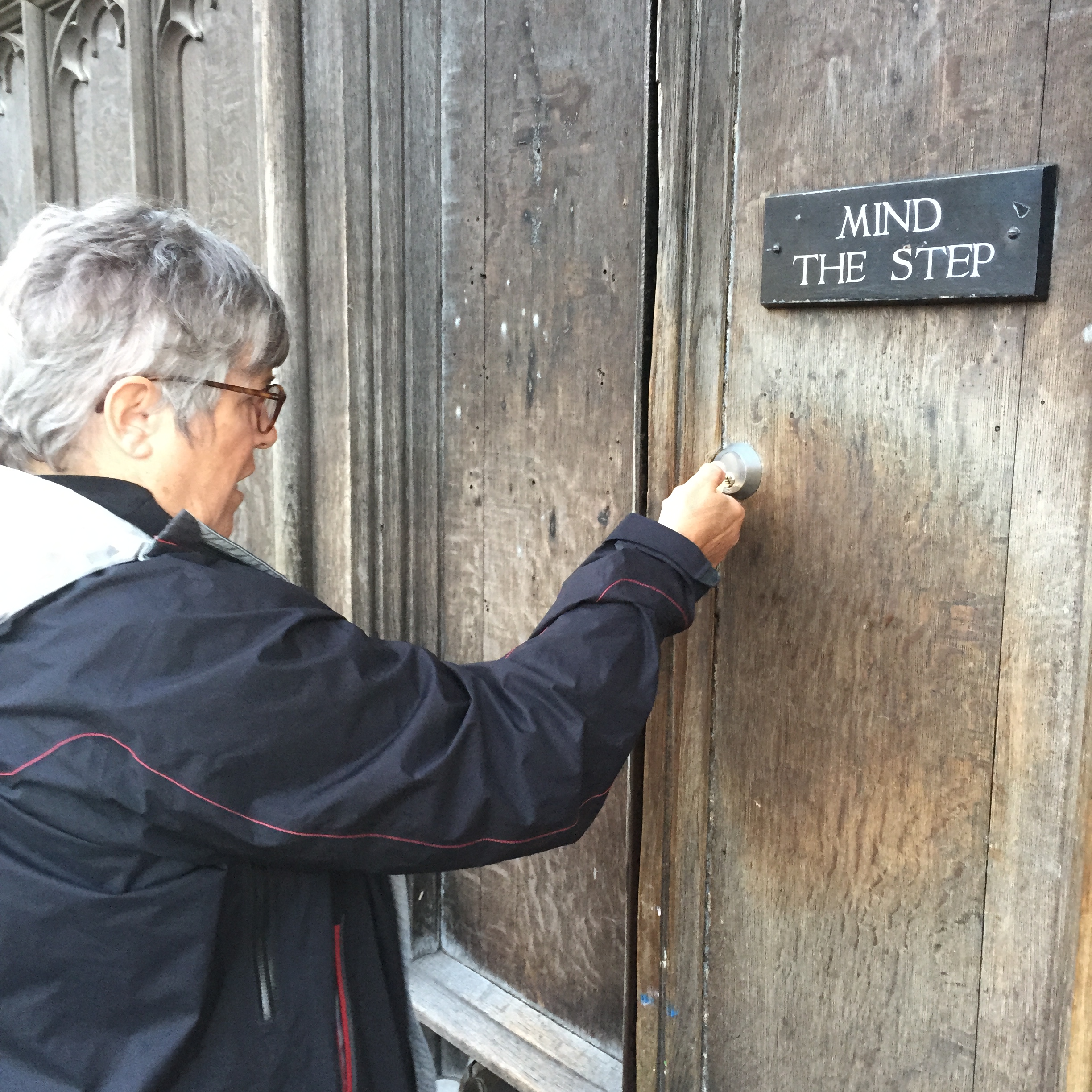
In advance of our journey, Dr. Janet Lawrence helped us unlock knowledge about the UK education system through both readings and meetings to consider similarities and differences between our two countries. The history of higher education in the UK, the types of institutions found there, as well as the ways in which higher education is funded, how students are prepared, and who gains access were all topics of conversation prior to our departure.
From India to England
As I look forward to the study trip in England, I reflect on my past few months participating in another study trip in Bangalore, India. I’ve spent the last two months in India with the University of Michigan’s Global Information Engagement Program building an online learning management system. Part of the program required me to research the higher education system in India, much of which stems from the British system. A defining structure of India’s tertiary system is its affiliated college system borrowed from the British. While a bulk number of students study at public and private colleges (roughly 60 percent) these colleges do not have their own degree powers and must deliver courses, curricula and examinations specified and regulated by their parent state university (British Council, 2014). This system of regulation often contains barriers of access and privilege based on a student’s class or caste. In going to England, I hope to pay close attention to how high-achieving British schools help students from low socioeconomic gain access to their institution. In India, the uptick in the volume of students entering higher education has put a strain on institutions to outperform others, leaving little room to subsidize programs rewarding access to those coming from communities of lesser means.In both India and England (as is the same in the U.S.), an examination taken during a student’s eleventh year of secondary school seems to cement their lives into distinct academic versus vocational categories. Often dictated by test scores, their class, and prestige of secondary schools, students are placed in colleges/universities based on these scores. Students in India with the highest test scores most often choose a degree in engineering as it grants the greatest mobility. Those that don’t score high enough for engineering, will go into medicine or law. On the bottom of the academic totem-pole is students choosing a degree in the humanities or arts, which is often only for those that receive low test-scores but can still afford an education beyond secondary school. A student told me in India, “After pursuing a degree in Engineering, then I can do what I really want to do”. I asked, “..and what is that?”, his reply, “Be a cook!”. I found this paradigm to be really interesting and wonder if it’s true for British students as well.
As I’ve read over articles given to us in preparation for the CSHPE England study trip, I see similarities and stark contrasts to what I’ve seen in India over the past two months. More choices in academic subject, yes, but the same restrictions based on tests, class and prestige of secondary schools. Similarities make sense – modern India’s education received much of its structure from the British system after it was colonized by the British until they claimed independence in 1947. What intrigues me are the differences that played out amongst both nations and how that compares to the United States. I’ll pay close attention to how higher education institutions in England create opportunities of access and how it differs from that of India and the U.S. I’m looking forward to the journey ahead and hope to convey my discoveries via blog posts and discussions with others.
— Brandon Patterson, master’s student
